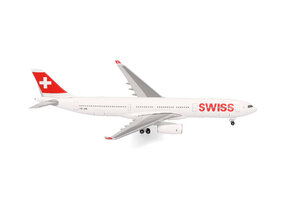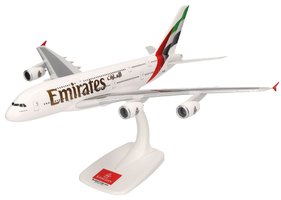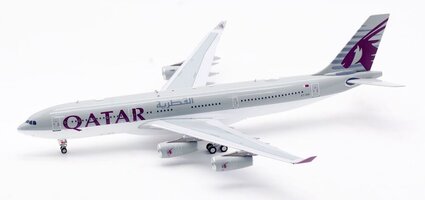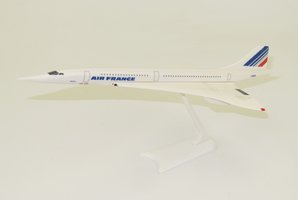Boeing 747-481BDSF Yangtze River Express
| Model manufacturer: | Aviation 200 |
| Order code: | KJ-B744-062 |
| Scale: | 1:200 |
| Material: | Combined (Metal / Plastic) |
| Weight: | 1.2 kg |
| Registration number: | B-2435 |
| Air company: | Yangtze River Express |
| Aircraft manufacturer: | Boeing |
Product description
High-quality metal model of the civil aircraft Boeing 747 of the airline company Yangtze River Express with a detailed design. The package includes a stand, a chassis and an antenna.
The Boeing 747 is a large, long-range, wide-body airliner designed and manufactured by Boeing Commercial Airplanes in the United States between 1968 and 2023. After the introduction of the 707 in October 1958, Pan Am wanted a jetliner 2+1⁄2 times its size to reduce the cost of the seat by 30%. In 1965, Joe Sutter left the 737 development program to design the 747, the first twin-aisle airliner. In April 1966, Pan Am ordered 25 Boeing 747-100 aircraft, and in late 1966 Pratt & Whitney agreed to develop the JT9D engine, a high-bypass turbocharger. On September 30, 1968, the first 747 rolled out of the custom-built Everett Plant, the largest building in the world by volume. The first flight took place on February 9, 1969, and the 747 was certified in December of that year. It entered Pan Am service on January 22, 1970. The 747 was the first aircraft to be named the "Jumbo Jet" as the first wide-body aircraft.
The 747 is a four-engine jet airliner, initially powered by a Pratt & Whitney JT9D turbocharger, then General Electric CF6 and Rolls-Royce RB211 engines for the original variants. With a 10-level economy seat, it typically accommodates 366 passengers in three travel classes. It has a significant 37.5° wing sweep, enabling a cruising speed of Mach 0.85 (490 kn; 900 km/h), and its heavy weight is supported by four main landing gear legs, each with four-wheel landing gear. The partial biplane was designed with a raised cockpit so it could be converted to a cargo plane by installing a front cargo door, as it was originally thought that supersonic transports would eventually replace it.












